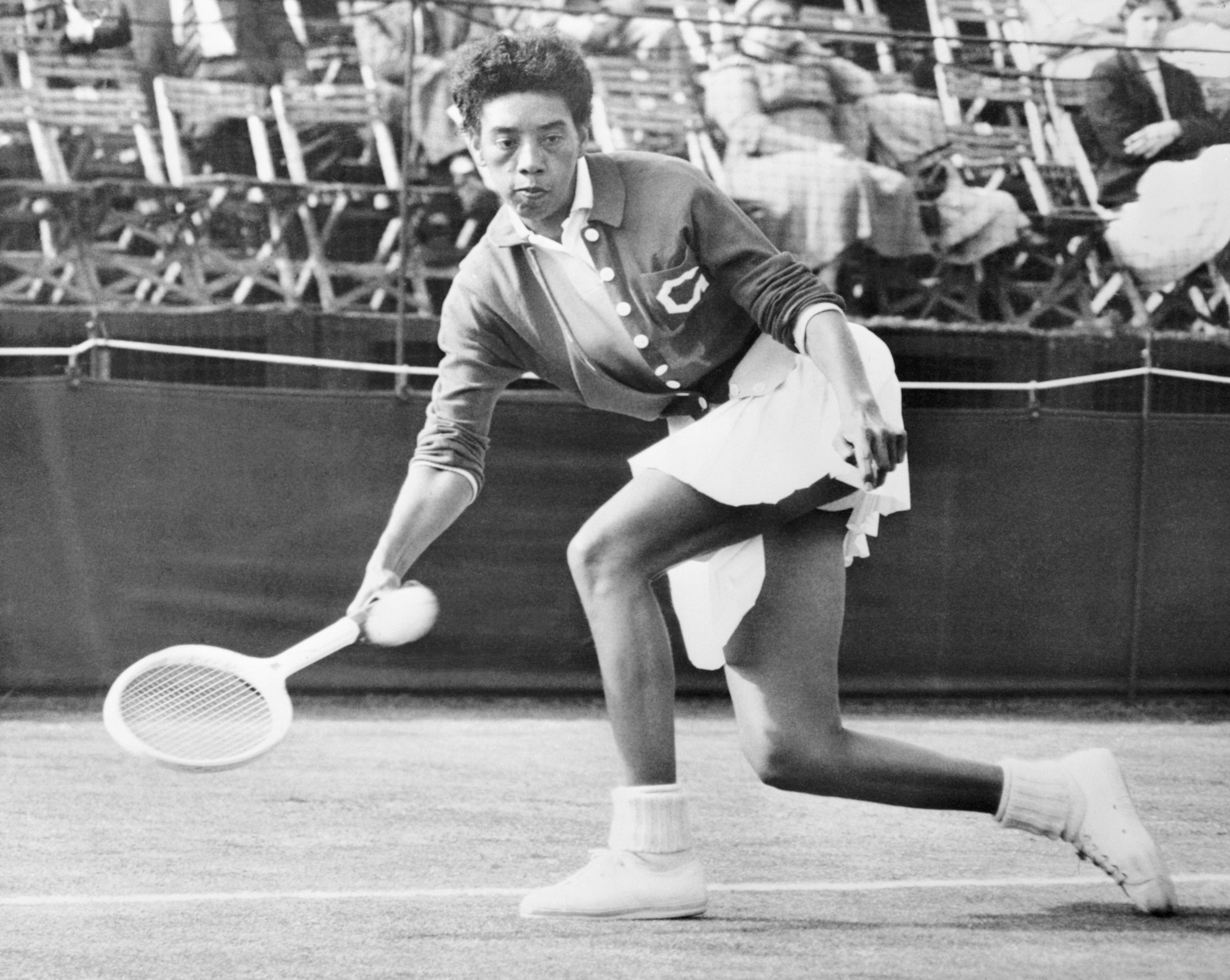
Before there was Venus and Serena Williams, Sloane Stephens or Coco Gauff, there was tennis great Althea Gibson. Now decades after becoming the first African-American to win a Grand Slam title, the highly regarded pioneer in sports is getting her just due. On Monday, the United States Tennis Association (U.S.T.A.) is unveiling a granite sculpture of Gibson at the U.S. Open in Flushing, New York.
“This is not just a player who won a ton of titles — this is someone who transcended our sport and opened a pathway for people of color,” Katrina Adams, former U.S.T.A. president told The New York Times. “If there was no Althea, there’d be no me, because tennis would not have been so open to me. Everything she had to do was three times harder than it was for the normal person.”
According to The Times, the decision to erect a statue at the U.S. Open grounds — only the second at the New York City court— came after a group of female students from One Love Tennis petitioned Adams to consider the recognition for Gibson. The first Black woman to lead the U.S.T.A says she received letters questioning why there was nothing honoring the tennis legend at the location, and so she decided to change that.
“I had some 50 letters from those kids asking me why Althea was not recognized at the U.S. Open,” Adams told The NYT. “One of them wrote, ‘Can’t you even have a hot-dog stand in her name?’ And I’m thinking, yeah, I think we can do a little better than a hot-dog stand.”

Gibson solidified her place in history by becoming the first African-American to play in the U.S. National Championships tournament and was known as the Jackie Robinson of the sport for breaking the color barrier at the highest level of tennis.
Outside of her newest honor, a statue in Gibson’s likeness stands at a tennis court in Newark, New Jersey where she often ran clinics for young players. Her family is also reported to be seeking to have a portion of West 143rd Street in Harlem, New York renamed Althea Gibson Way.
